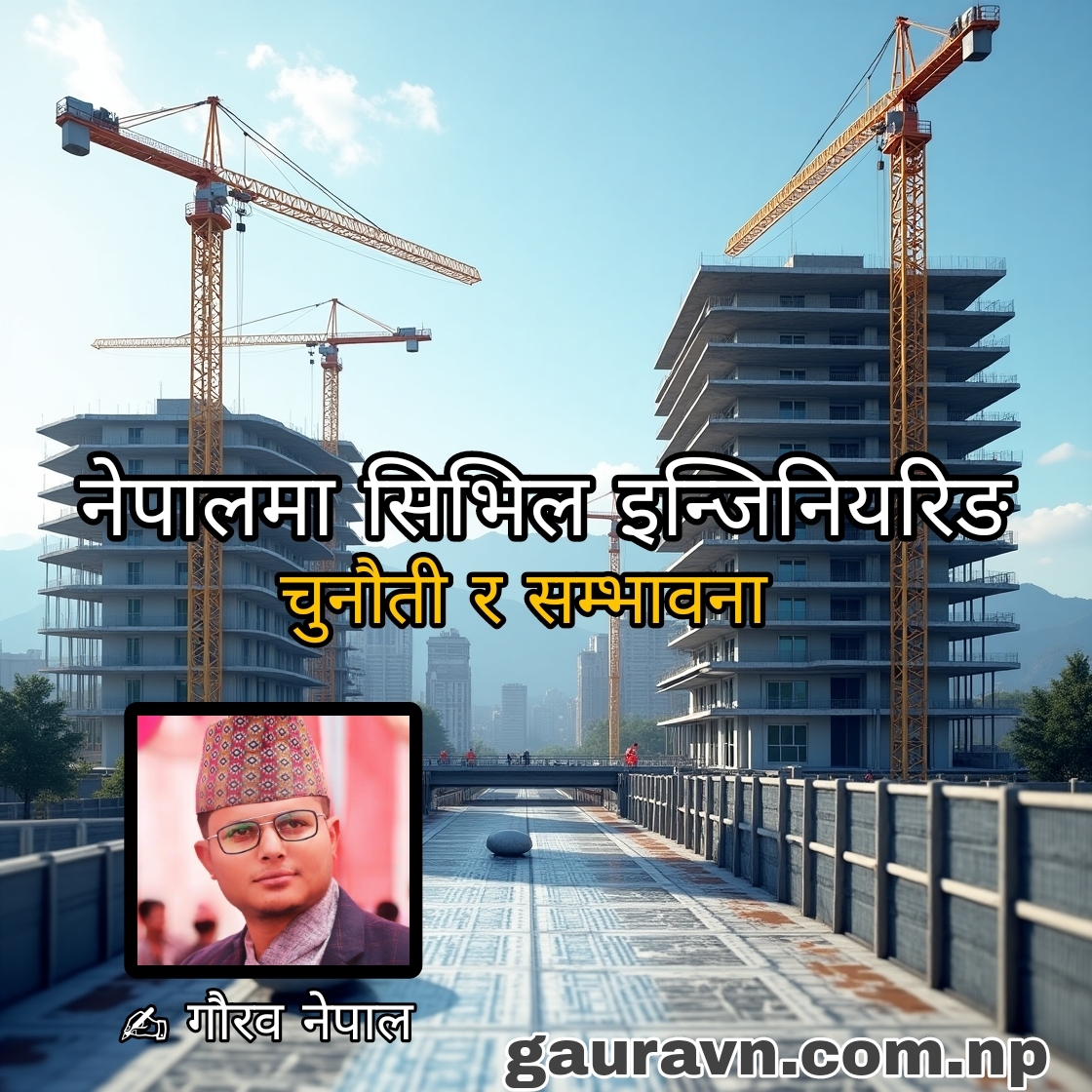Construction Joint vs. Expansion Joint: A Pro Engineer’s Guide
Joints are essential in concrete construction to manage movement, reduce cracking, and enhance durability. Two important types are Construction Joints and Expansion Joints. Let’s break them down technically and professionally.
1️⃣ Construction Joint 🏗️
📌 Definition:
A construction joint is a deliberate break in concrete placement, allowing fresh concrete to be poured next to an already hardened section. It ensures structural continuity.
📌 Purpose:
- Continuation of Work ⏳: Used when concrete pouring is stopped and resumed later.
- Structural Bonding 🔗: Ensures a strong connection between new and old concrete.
- Load Transfer ⚖️: Incorporates dowels or keyways to maintain structural strength.
📌 Location & Application:
- Found in slabs, beams, columns, walls, and pavements.
- Typically placed at the end of a work shift or a planned construction phase.
- Old concrete surfaces may require roughening for better adhesion.
📌 Key Features:
- Uses dowel bars or keyways for load transfer.
- Often requires bonding agents or water-stops in water-retaining structures.
- Can be horizontal, vertical, or inclined, depending on site requirements.
2️⃣ Expansion Joint 🌡️
📌 Definition:
An expansion joint is an intentional gap in concrete structures that accommodates movement caused by thermal expansion and contraction, preventing cracks.
📌 Purpose:
- Absorbs Thermal Movements ☀️❄️: Prevents stress buildup due to temperature fluctuations.
- Prevents Cracks ⚡: Reduces internal pressure in large concrete sections.
- Allows Structural Separation 🏗️: Commonly used in bridges, roads, and buildings.
📌 Location & Application:
- Found in bridges, highways, airport runways, and sidewalks.
- Placed at regular intervals, typically every 30-60 feet in long slabs.
- Filled with compressible materials such as rubber, bitumen, or neoprene.
📌 Key Features:
- Uses flexible fillers to accommodate expansion and contraction.
- Waterproofing may be required to prevent water penetration.
- Allows free movement without compromising structural integrity.
🔍 Key Differences
Construction Joint 🏗️
- Allows concrete placement in phases.
- Uses dowel bars or keyways for load transfer.
- Found between different concrete pours.
- Minimal movement allowance.
Expansion Joint 🌡️
- Designed to accommodate expansion and contraction.
- Uses compressible fillers like rubber or bitumen.
- Placed at predefined intervals in long structures.
- Allows significant movement.
✅ Pro Engineer’s Best Practices
✔️ For Construction Joints:
- Use dowel bars for load transfer.
- Ensure proper surface roughening for strong bonding.
- Apply bonding agents when needed.
✔️ For Expansion Joints:
- Select the right filler material based on expected movement.
- Ensure waterproofing in exposed areas.
- Follow proper spacing guidelines to prevent cracks.
🎯 Conclusion
Both Construction Joints and Expansion Joints are vital for concrete durability. While Construction Joints help in staged concrete placement, Expansion Joints manage temperature-induced movement. Proper implementation ensures a crack-free, durable, and long-lasting structure.
💡 Pro Tip: Always adhere to structural design specifications, use high-quality materials, and consult experienced engineers for critical joint placements!







